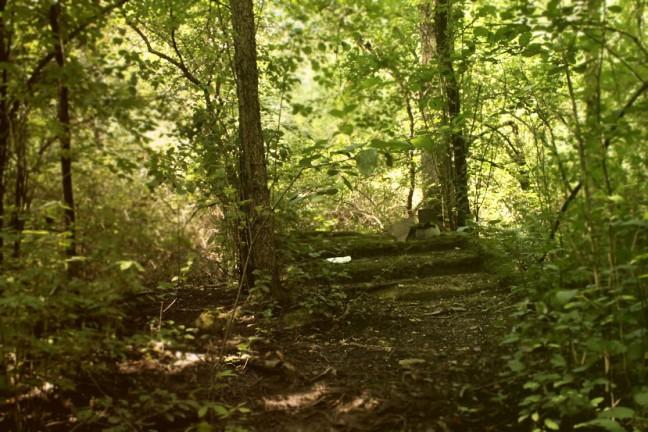Change is happening everywhere, but it’s how living things adapt that counts — a perfect example of this is aspen forests.
A new decade-long study by University of Wisconsin researchers reveals how aspen trees can change their genetic structure to compete for sunlight and defend themselves against pests like ants, moths and other tree-eating insects.
Ecology professor Rick Lindroth and the Lindroth lab led the study — in their research, the lab primarily focuses on plant functional traits and how they influence plant ecology.
“Functional traits are things like photosynthesis rates, growth rates, phonology and chemistry,” Lindroth said. “How do those different functions influence their ability to compete with other organisms?”
The Lindroth Lab also researched the trade-offs among some of these traits in different genetic strains of aspens — those that grow well defend poorly and those that defend well grow poorly in a competition amongst themselves. Lindroth said he had previously tested this in the short term with potted plants, but he wanted to know what happens in a more natural environment when these trees are growing for long periods of time.
Lindroth’s proposed question was, “do these trade-offs ultimately shape the genetic structure of aspen populations in different environments?” In pursuit of answering this question, they are able to see natural selection at work — an element of evolution, Lindroth said.
So what is the science behind the changes in genetic structure in aspen forests?
Aspen trees are a pioneering species. When the seeds float long distances, thousands of seedlings start sprouting up in areas of natural disasters, like land decimated by a forest fire, and dense areas trees start to develop.
Over time, some of the seeds ‘win’ and get better access to resources like sunlight, while others ‘lose’ the race for resources due to competition. Within these environments, there is a priority placed on the capacity to grow fast, as you can access the sunlight better than the slow growers and out-compete them, Lindroth said.
Eventually, the aspen trees that are out-competed grow more slowly, whereas those reaching the sunlight grow faster. Then, the slow-growing aspen will eventually die out under natural conditions, Lindroth said.
“We established the stands and we created some with high competition, and some with low competition, ” Lindroth said. “And under these conditions, we predicted that the fast-growing, poorly defended ones would be especially favored in conditions of high competition because they have to compete to get the sunlight. And that’s exactly what happened. The slow-growing, well-defended ones just died out on us.”
After data analysis, the survivorship of the aspen was different in these different competition levels. So in high competition conditions, survival ranged from six percent to about 88 percent. But in low competition conditions, 22-100 percent of the aspens survive, showing that the genetic frequency of high vs. low competition is different because more trees are dying, sixth-year PhD student at the Lindroth lab Clay Morrow said.
Genetic diversity is very important for maintaining biological diversity. The more genetic variability there is in a population like aspen, the more it supports other communities, Morrow said.
“It’s important for long-term ecological success. It maintains lots of different species because they do different things in that environment, right, they cycle nutrients at different rates and they grow and decompose at different rates, and they support different communities of herbivores and pathogens,” Lindroth said.
As climate change is an important current issue, Wisconsin forests will look drastically different in a hundred years, Lindroth said. While it is hard to say exactly what will happen, we are now entering into a completely new climate.
We are accustomed to a northern temperate forest ecosystem, so as climate change continues, many aspen trees and a number of other species will die out or their ranges are going to shift north, Lindroth said.
All in all, the aspen tree has given the scientific community valuable information on natural selection, effects of climate change and adaptations.


